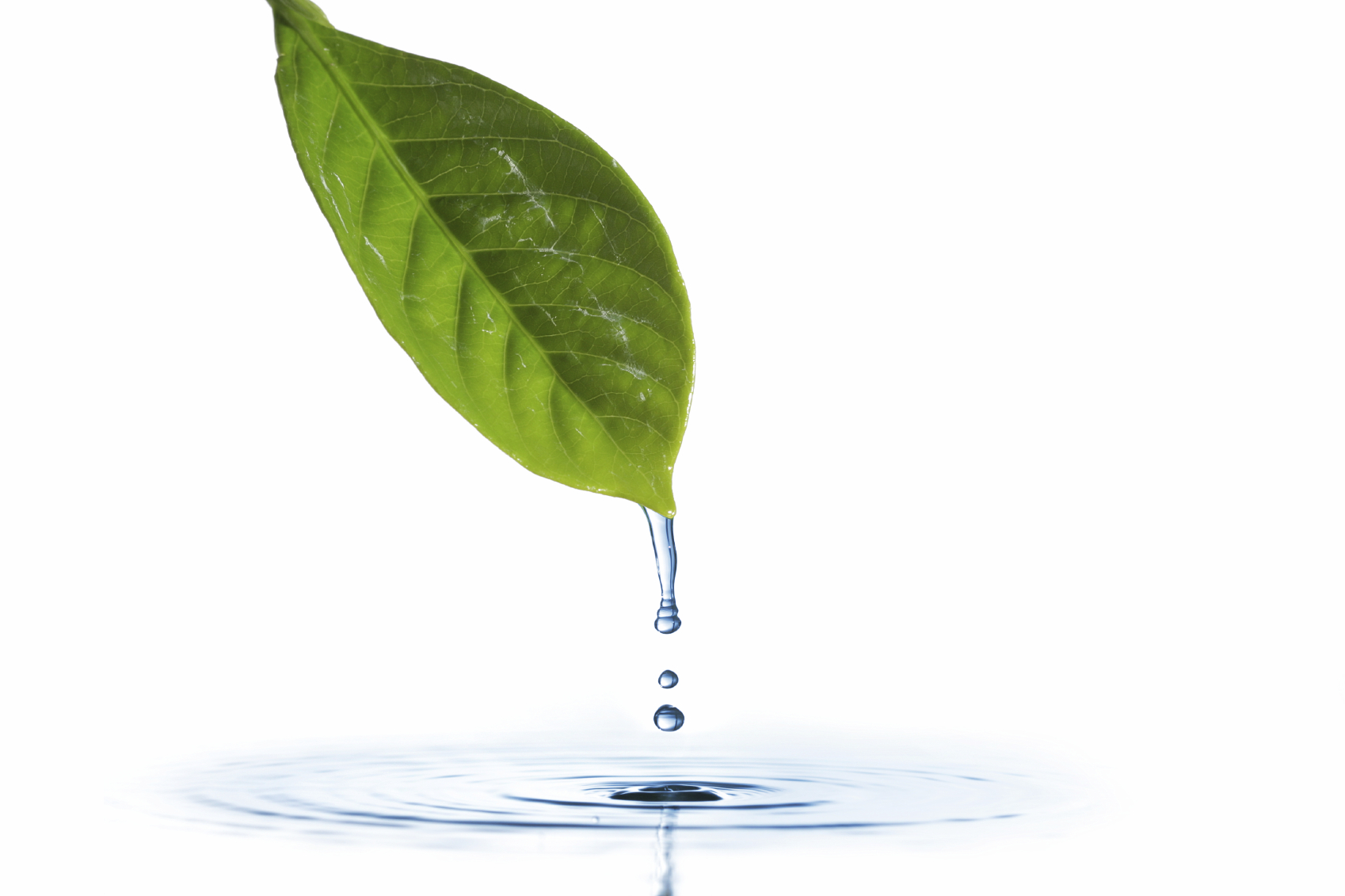Drought Resistant Plants for Arkansas
 Drought Resistant Plants
Drought Resistant Plants
Is your landscape prepared for low water situations or drought conditions? Rainfall can be unpredictable in Arkansas, especially in the summer months, but proper water is critical to maintaining a beautiful lawn and landscape. Read on for tips you can take now to prepare your yard for dry weather.
Strategies to reduce watering needs
- Water thoroughly and less often. You want to water long enough to allow water to percolate deep into the soil. This method encourages plants to grow extensive root systems that will support the plant during times of low rainfall. Watering more often and for shorter periods tends to result in plants with shallow roots.
- Adjust your watering with the weather. In the heat of summer, your plants will need more water than on a misty spring day, but how do you know when to ratchet up the watering? Use a moisture meter to get an idea of what’s going on beneath the surface and closest to the roots, or investigate carefully with a hand trowel.
- Add organic matter to your soil to increase water retention. Achieve this by adding mulch to your flowerbeds, or amend the soil as needed with humus or compost when planting. Furthermore, mulching insulates roots from extreme temperatures, which can help immensely in a hot summer!
- Prioritize new plantings. In drought conditions, these plants will likely be the most vulnerable to damage because they haven’t had time to develop extensive roots. Focus on establishing healthy root systems for your new plants now so they’ll be strong in the years to come. Also consider planting with Good Earth Jump Start to add beneficial microorganisms to your soil, a natural way to encourage root growth.
- Check your sprinkler system. How much water is sprinkled at a time, and how often? Is the sprinkler hitting only the areas that need water? Does your sprinkler run in the early morning hours to prevent excessive evaporation? If you haven’t evaluated your system’s performance in the past year, it’s time for a checkup!
In addition to the above tips, you can prepare your landscape for drought by choosing plants demonstrated to tolerate dry conditions. As a general rule of thumb, native plants tend to be better suited to the extremes of the local climate, so incorporate any natives that you like. For a list of drought tolerant plants suitable for Central Arkansas, refer to this list prepared by the University of Arkansas’ Cooperative Extension Office.
With this knowledge and preparation, you and your yard will be ready to take on our next dry season. If you have further questions, we would love to see you in person at The Good Earth!